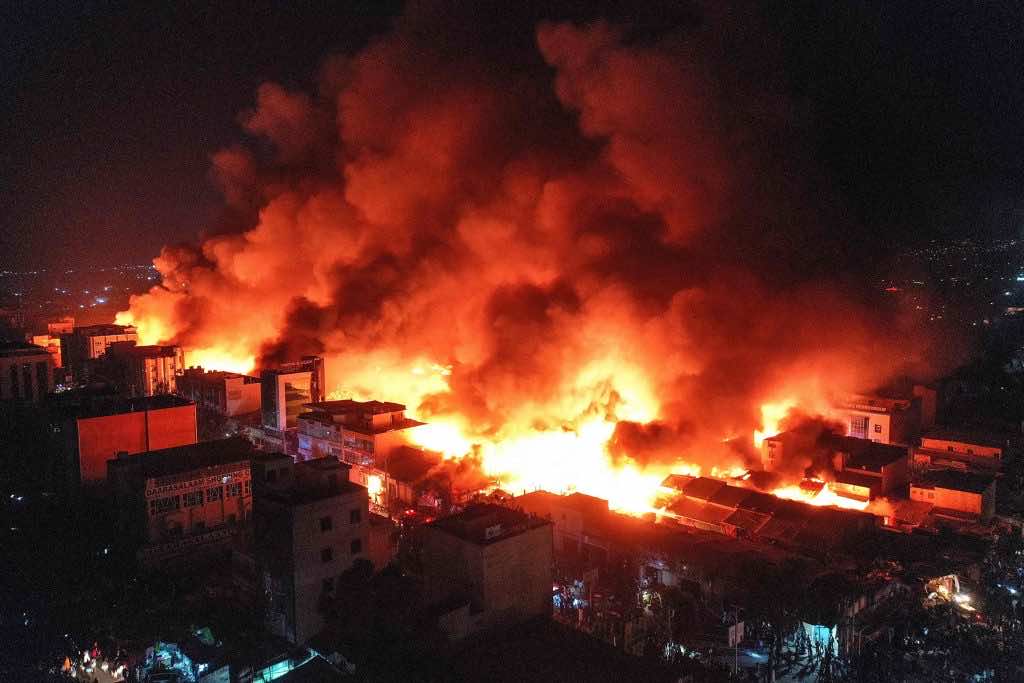The United Nations report which is published every other year, the UN Global Assessment Report on Disaster Risk Reduction has been given the responsibility of outlining ways humanity can minimize catastrophic risk. This year’s report painted a gloomy picture that was a consequence of our own actions.
The report found that about 300 and 500 medium-to-large-scale disasters have occurred per year over the past two decades. In fact, the number is going to increase to an average of 560 disasters per year by 2030, or roughly 1.5 disasters per day.

Often linked to climate change, the report says these increasingly frequent disasters are being made worse by the collective “all is well” posturing from global decision-makers.
In a statement, the UN Office for Disaster Risk Reduction (UNDRR) blamed “optimism, underestimation and invincibility” for the increasing number and severity of global disasters.
“The world needs to do more to incorporate disaster risk in how we live, build and invest, which is setting humanity on a spiral of self-destruction,” said UN Deputy Secretary-General Amina Mohammed said in the statement.

“We must turn our collective complacency to action,” Mohammed added. “Together we can slow the rate of preventable disasters as we work to deliver the Sustainable Development Goals for everyone, everywhere.”
The good news, as the UNDRR outlined in its report, is that the adoption and implementation of protocols it’s suggested previously have already reduced both the number of people killed and the total number of people impacted by disasters over the past decade.
“However,” the report continues, “the scale and intensity of disasters are increasing, with more people killed or affected by disasters in the last five years than in the previous five.”


